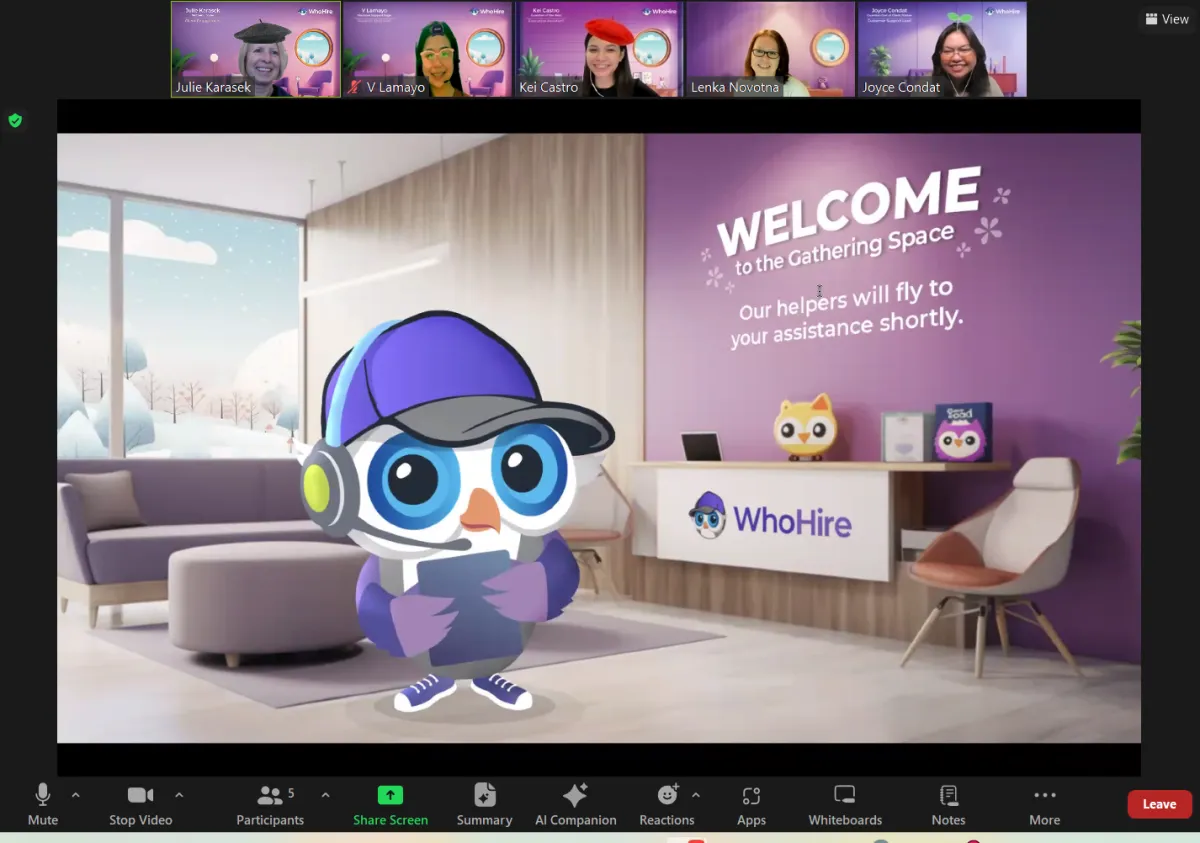
Business Intelligence (BI) vs Predictive Analytics: Understanding the Difference
What Is Predictive Analytics?
Predictive analysis uses cutting-edge machine learning, advanced data-mining methods, and statistical modeling to analyze raw data into quantitative productivity, performance, and growth predictions.
Predictive intelligence tools have been employed for decades in the insurance, finance, and marketing industries. Ongoing digitalization of the global marketplace makes predictive analysis a profitable pursuit for an expanding range of industries.
How Businesses Use Predictive Analytics
Predictive analytics searches for patterns and compiles data into forecasts that empower calculated business decisions. Companies rely on predictive analytics as an essential business practice to outline and fine-tune critical plans and strategies for the future of their business.
Everyday examples of predictive analytics in action include:
Airlines utilizing historical travel data to optimize seasonal ticket prices
Marketers forecasting customer engagement before launching campaigns
Creating advanced risk assessments to anticipate and minimize future vulnerabilities
At PerceptionPredict, our proprietary predictive analytics continually refine to increase long-term success and eliminate harmful biases during the hiring process.
Our Performance Fingerprints are anonymized applicant profiles that integrate and analyze every relevant performance data point. We measure psychographic traits to identify professional motivations and skills and forecast length of tenure to reduce costly turnover. The resulting comprehensive sales candidate performance profile enables confident hiring decisions.
What Is Business Intelligence?
Business intelligence uses many tools, technologies, and methods similar to predictive analytics. The primary differentiation is business intelligence seeks to integrate and analyze data via dashboards, reports, and pivot tables. These tools explore current or recent events, whereas predictive analysis uses results and insights to predict future trends and metrics such as sales performance.
How Businesses Use Business Intelligence
Business intelligence converts masses of raw data into retrospective reports, actionable metrics, and benchmarks for executives, managers, and analysts using:
Online analytical processing (OLAP) - A BI method that processes multi-dimensional analytical queries, or in other words, groups multiple datasets together.
Mobile BI - Advanced software tools to optimize desktop businesses for mobile devices.
Operational BI (OI) - A field of BI centered on real-time data insights to monitor business activities.
Data Visualization - Modern BI trends emphasize accessible systems for independent data visualization, reducing the need for an advanced IT team to support data analysis.
These tools help businesses analyze customer behavior, track performance, identify trends, and eliminate problem policies and practices. The results gained from business intelligence tools also help conduct accurate market comparisons and optimize revenue streams and profits.

Fundamental Difference Between Business Intelligence and Predictive Analytics
It helps to categorize the fundamental differences between predictive analytics and business intelligence by their expected roles, relevant data types, tools and technology, and desired insight or contribution:
Role
Business intelligence is a branch of descriptive analysis. It focuses on historical and current data to evaluate past actions, performance, and current strategies’ and operations’ effectiveness.
Predictive analysts go a step further, using data, statistical algorithms, and computational modeling tools to forecast future outcomes.
Relevant Data
Business intelligence processes raw data into easily digestible reports on historical trends to gain insight into past and current operations.
Predictive analytics also processes raw data. But instead of generating reports, ‘clean’ data is fed into predictive intelligence tools to generate forecasts for upcoming sales cycles, product launches, talent acquisitions, and more.
Insight
Companies turn to business intelligence to determine the effectiveness and strength of current or recent policies, practices, and performance.
Predictive analytics detects recurring patterns and data markers to mitigate bottlenecks and inefficiencies.
Tools and Technology
Business intelligence tools are often presentation-based and condense large amounts of data into readable visualizations like graphs, charts, and dashboards.
Conversely, predictive analysis relies on data mining and statistical algorithms to transform data into computationally sound predictions.
Overall Contribution
Companies generally employ business intelligence tools to observe performance, growth, and other important success metrics. But when companies need to identify a strategic data-driven path forward, they turn to predictive analysis.
How We Use Predictive Analytics to Maximize Sale Performance
PerceptionPredict’s industry-leading software captures the ‘Sales DNA’ of job applicants pre-hire. We save your company time and money by eliminating potential biases to ensure you onboard qualified, dedicated, and talented candidates every time.
We have fortified world-class sales teams and reduced resource-draining turnover for industry leaders like Mercedes-Benz and Crowdstrike. Our predictive intelligence expertise and software has also instrumental in developing mission-driven recruitment and hiring practices for global enterprises.
Book a demo to learn how PerceptionPredict’s predictive analytics can transform your hiring process and improve your business.
Need Some Help?
Join us at our place
We are available instantly from 9AM-6PM EST Monday-Friday in our digital company headquarters. Stop by and speak directly with real, smiling, helpful humans. We are working hard to help you build and optimize the people part of your business. Stop by and say "hello", and say "goodbye" to hiring frustrations.

